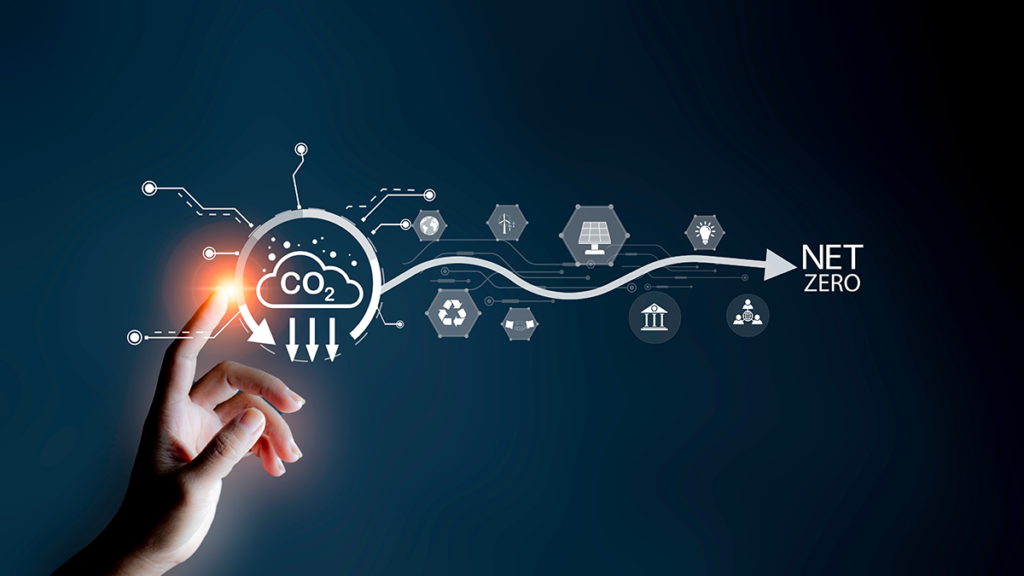EnOcean is contributing to climate change mitigation. The company’s energy harvesting wireless technology is responsible for saving over 1.4 million tonnes of CO2 emissions each year, preventing this greenhouse gas from polluting the atmosphere.
EnOcean’s technology is currently deployed in smart-building systems in more than one million premises globally.
In partnership with SET Ventures, EnOcean has calculated the energy savings from its devices, which average around 15% in a building’s energy consumption. EnOcean’s products are managing about 221 million square metres of floorspace, equivalent to approximately 74,000 football fields. As EnOcean increases its sensor distribution in the market, these savings are expected to rise.
Armin Anders, Co-Founder & VP Business Development at EnOcean, stated: “Reducing our energy demand is critical for transitioning to renewable sources and combating climate change. Buildings are responsible for 40% of global energy consumption, as reported by Forbes. Smart HVAC and power control are cost-effective measures that can significantly contribute to this cause. Products like ours, which allow us to eliminate unnecessary energy consumption, represent quick and affordable wins compared to extensive infrastructure investments.”
EnOcean’s wireless building automation products function through energy harvesting, deriving power from environmental sources like motion, light, and temperature differences, thus obviating the need for batteries and power cords. The company supports various wireless standards, including Bluetooth, Zigbee, and the EnOcean radio protocol. Its product range comprises kinetic switches, self-powered sensors, gateways, actuators, configuration tools, and the SmartServer IoT Edge device. These products integrate smoothly into existing Wi-Fi access points from Aruba Networks, enabling simple installations without the need for complex cabling or additional gateways.
These products interact with heating, air conditioning, and lighting systems, monitoring occupancy and people flow. They allow for automatic adjustments in settings for optimal user convenience and energy saving. Their battery-free and maintenance-free design eliminates the need for regular servicing and battery replacements, ensuring uninterrupted performance and substantially reducing electronic waste and operational disruptions. Moreover, their installation is simplified due to their wireless, self-powered nature, which avoids the need for intricate cabling and power source arrangements, allowing for easy, eco-friendly integration into building infrastructures using a ‘Peel & Stick’ method.
The relevance of EnOcean’s energy-efficient solutions is highlighted by the upcoming Buildings Energy Act (Gebäudeenergiegesetz, GEG 2024) in Germany, effective from January 1, 2024. This legislation focuses on building automation in non-residential buildings to reduce CO2 emissions. In line with the Energy Performance of Buildings Directive (EPBD), aiming for carbon-neutral building operation by 2050 and a 55% reduction in greenhouse gas emissions by 2030 compared to 1990 levels, GEG 2024 emphasizes the necessity for energy controls and self-regulating devices in buildings with over 290kW of heating or cooling power.
EnOcean’s solutions are well positioned to meet the increasing demand for building automation solutions, particularly in non-residential buildings. As the global focus shifts towards carbon-neutral building operations, EnOcean’s products are leading the way in creating energy-efficient and sustainable smart buildings.
